Learn about Email Marketing

14 Email Subject Line Best Practices to Get More Opens
Your subject line can make or break your email open rates. Here are 14 best practices to write a good one.

Your Automated Newsletter Assistant: From Draft to Send in Minutes
Every week Newsletter Assistant crafts the perfect newsletter in your voice, using your content, your style. No prompts needed.
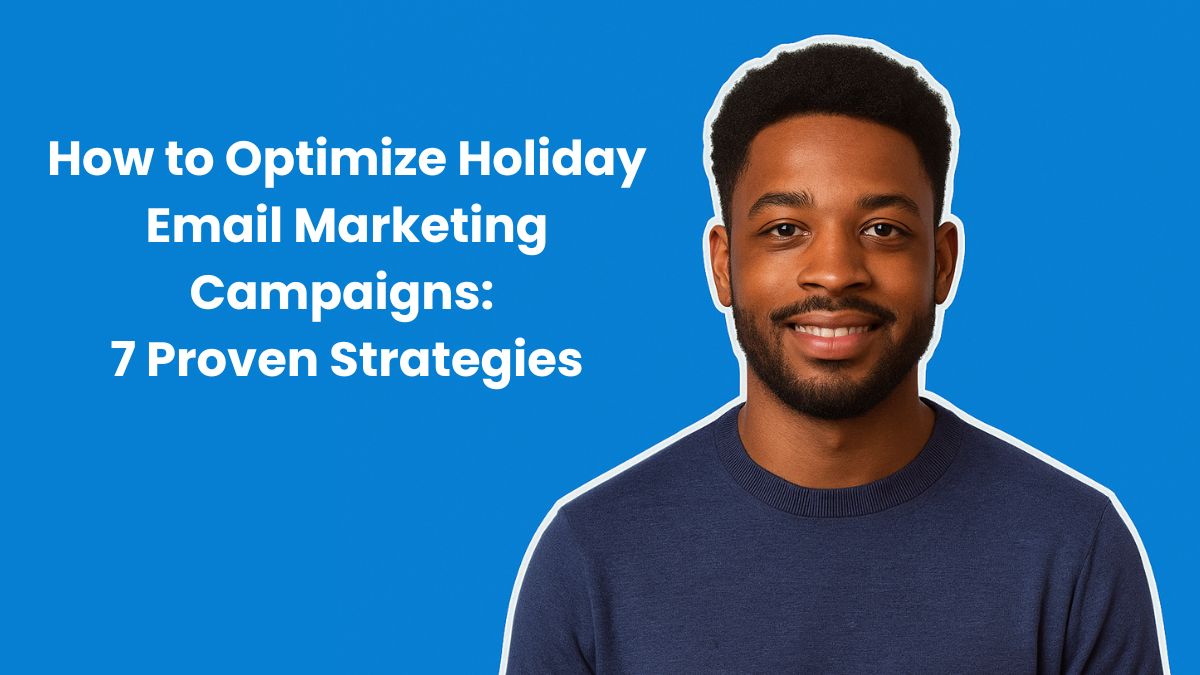
How to Optimize Holiday Email Marketing Campaigns: 7 Proven Strategies
Get proven strategies for automation, segmentation, and design that drive sales.
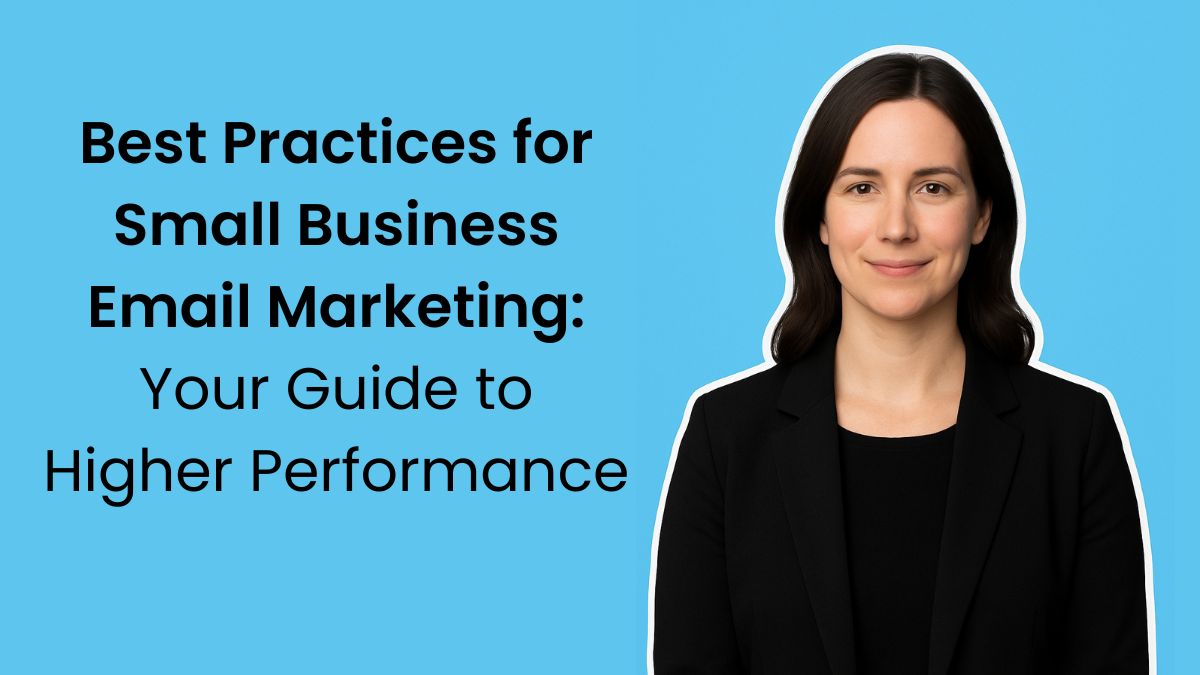
Best Practices for Small Business Email Marketing: Your Guide to Higher Performance
Discover proven ways to improve email performance and increase revenue with our guide

How to Get Started with Email Marketing: Your Complete First-Timer’s Guide
Everything you’ve every wondered about email marketing: answered.
Email Marketing for Beginners

14 Email Subject Line Best Practices to Get More Opens
Your subject line can make or break your email open rates. Here are 14 best practices to write a good one.

How to Get Started with Email Marketing: Your Complete First-Timer’s Guide
Everything you’ve every wondered about email marketing: answered.

Best Practices for Small Business Email Marketing: Your Guide to Higher Performance
Discover proven ways to improve email performance and increase revenue with our guide

How to Get Started with Email Marketing: Your Complete First-Timer’s Guide
Everything you’ve every wondered about email marketing: answered.

Email Analytics: 12 Email marketing metrics to evaluate your success
In order to ensure your email marketing campaigns are the best they can be, it’s important to assess and analyze key email metrics.
Learn more with these videos:

How to Get Started with AWeber

How to Use Welcome Emails and Campaigns

How do I Import a List of Subscribers?

How to Create a Landing Page in 8 Steps
Grow Your Email List
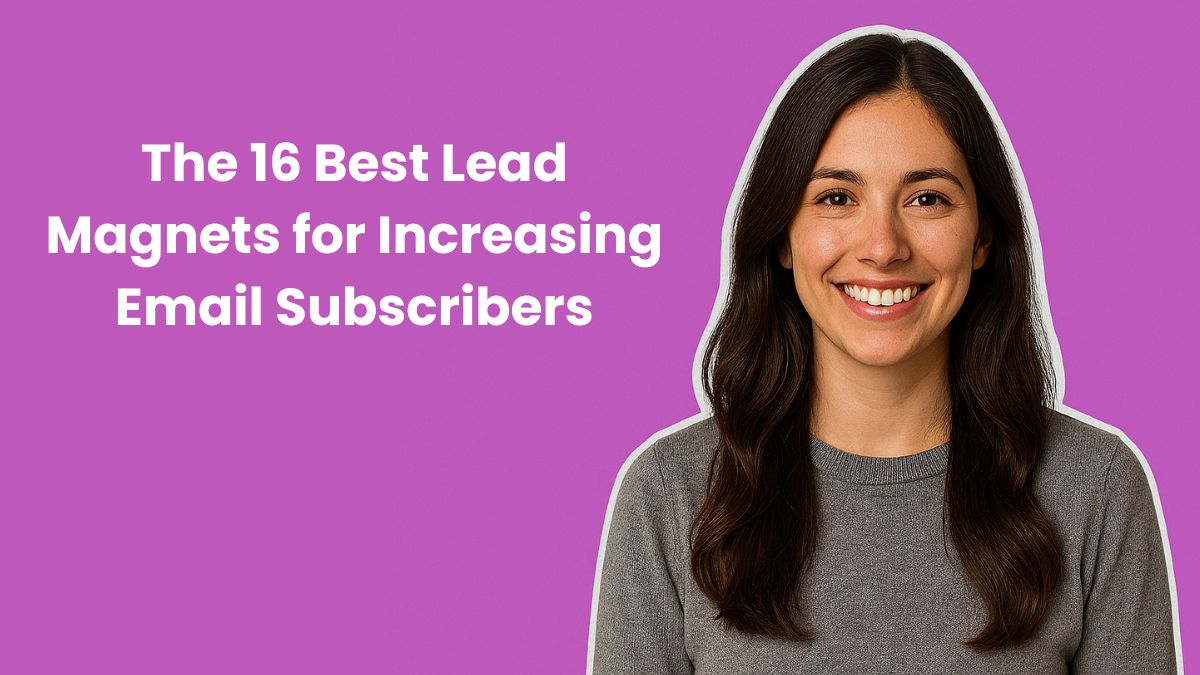
The 16 Best Lead Magnets for Increasing Email Subscribers
Looking for inspiration for your next lead magnet? Take a look at these clever examples to help grow your email list.
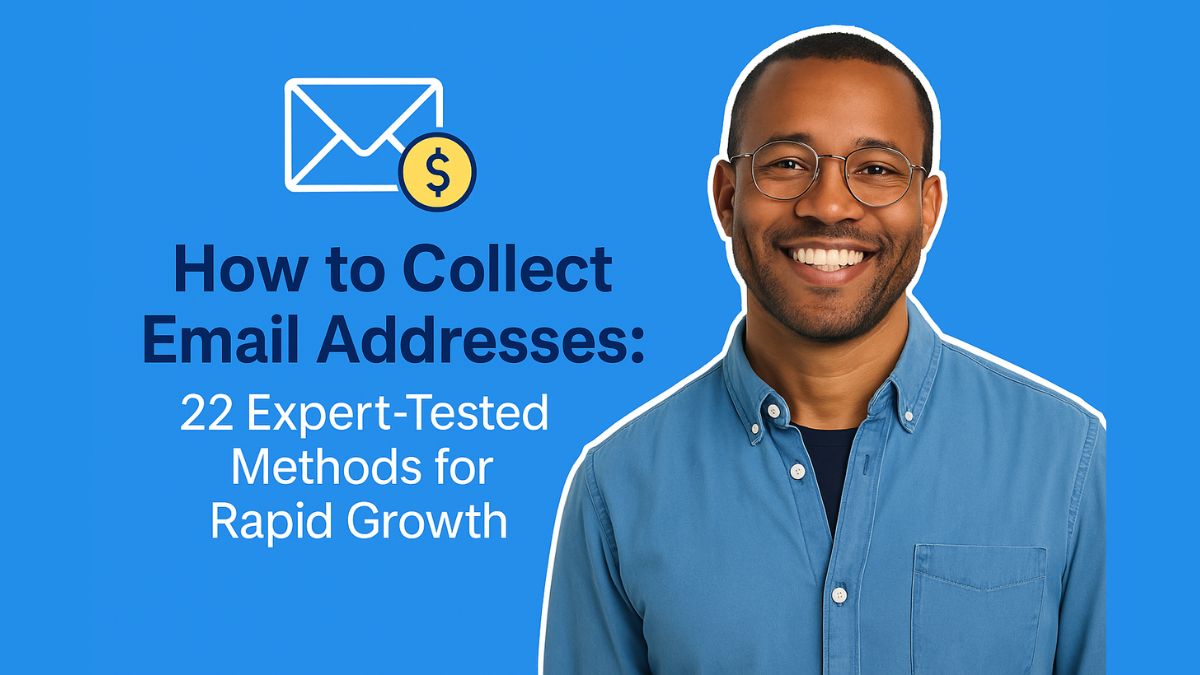
How to Collect Email Addresses: 22 Expert-Tested Methods for Rapid Growth
Wondering how you can get email addresses to build your email marketing campaign? Try these easy email marketing tips from AWeber.

How to Collect Email Addresses: 22 Expert-Tested Methods for Rapid Growth
Wondering how you can get email addresses to build your email marketing campaign? Try these easy email marketing tips from AWeber.
Learn more with these videos:

How to Use Social Media to Grow Your Email List

Creating the Perfect Incentive to Grow Your Email List

How do I Import a List of Subscribers?

Building a Landing Page from Scratch in AWeber
Increase Your Opens and Clicks

14 Email Subject Line Best Practices to Get More Opens
Your subject line can make or break your email open rates. Here are 14 best practices to write a good one.

Your Automated Newsletter Assistant: From Draft to Send in Minutes
Every week Newsletter Assistant crafts the perfect newsletter in your voice, using your content, your style. No prompts needed.

14 Email Subject Line Best Practices to Get More Opens
Your subject line can make or break your email open rates. Here are 14 best practices to write a good one.

100+ Amazing subject line examples that will make your emails stand out
The subject line is a first impression. Put your best foot forward. Here are over 100 subject line examples to help improve your open rates.
Learn more with these videos:

4 Tips to Improve Your Email Click-through Rates

Email Subject Line Best Practices
Get Emails Delivered
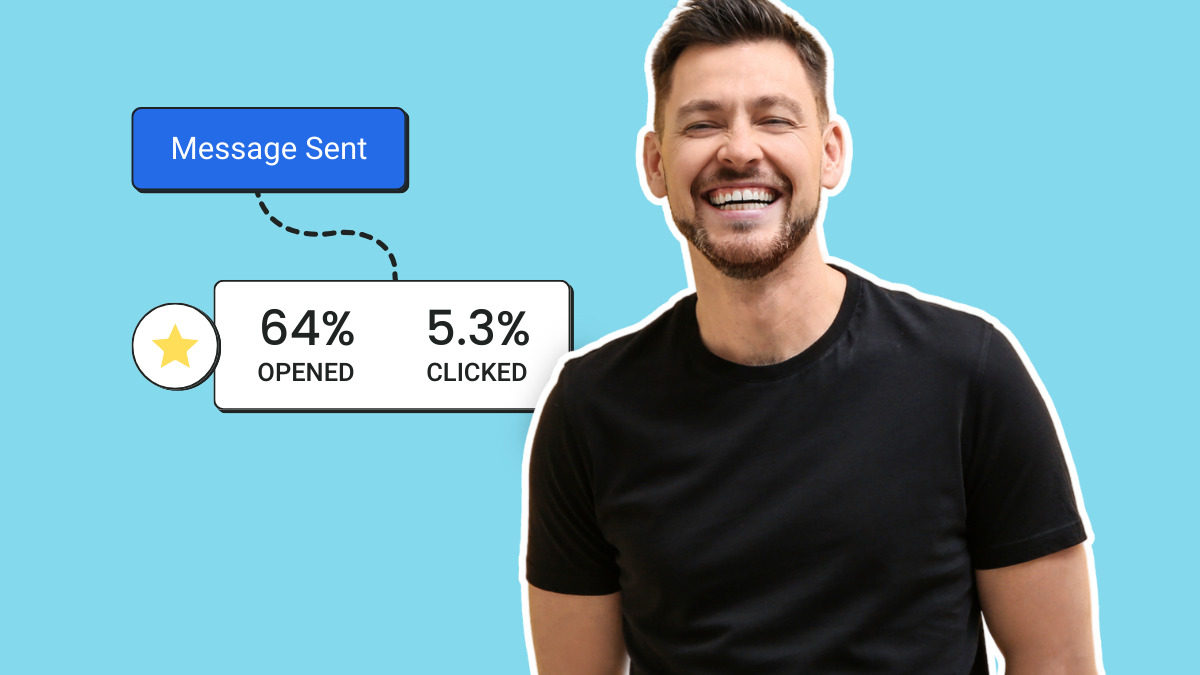
Improve email deliverability with 6 best practices
Understand what affects email deliverability, how to engage subscribers, & keep your emails out of spam folders.

How to avoid emails going to the spam folder – words to avoid and more
Here are 10 simple steps to help you avoid emails going to the spam folder.
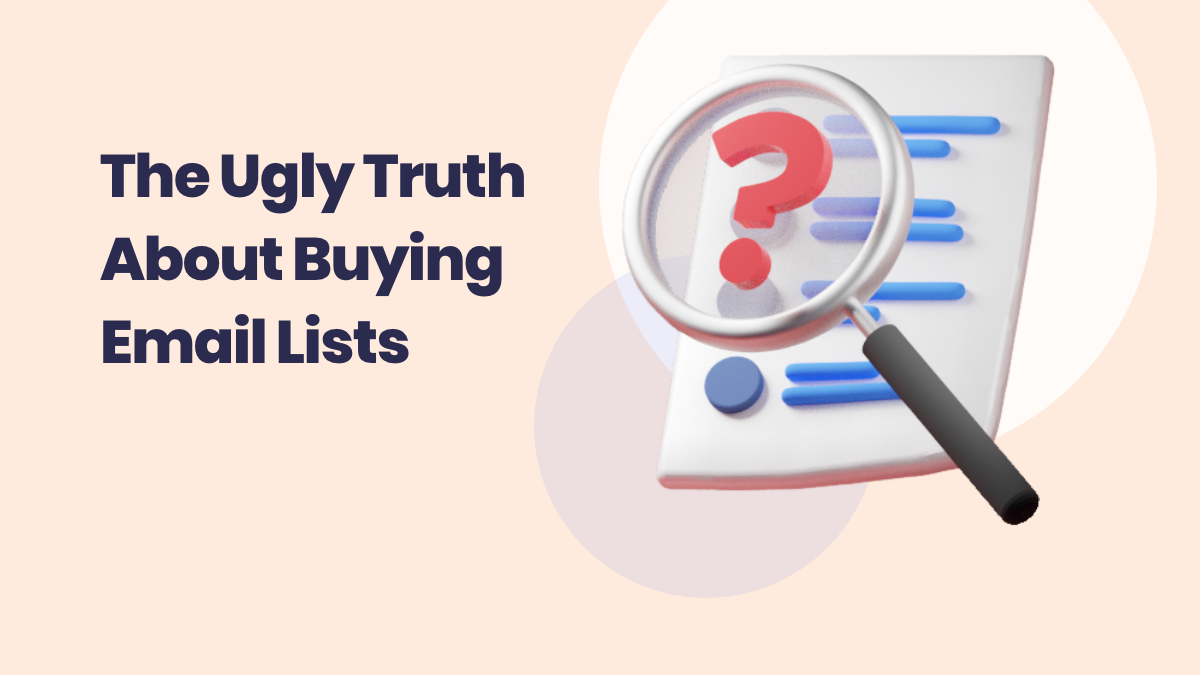
The Ugly Truth about Buying Email Lists
Buying email addresses might seem like an inexpensive shortcut to growing your list. But it’ll cost you in the long run.

Meet the Anti-Spam Laws From Around the World
Do you know where your country stands in the fight against email spam? Read on the learn more about anti-spam laws from around the world and how to comply.
Learn more with these videos:

Get Your Emails Delivered

How Can My Subscribers Safelist Me?
Make Email Easy

Your Automated Newsletter Assistant: From Draft to Send in Minutes
Every week Newsletter Assistant crafts the perfect newsletter in your voice, using your content, your style. No prompts needed.

Email automation best practices for highly engaging campaigns
Creating an automated email campaign can seem daunting. You have
Learn more with these videos:

What Can I Personalize in My Emails?

Automating Email Campaigns

AWeber's Email Campaign Marketplace
Become an Email Expert

14 Email Subject Line Best Practices to Get More Opens
Your subject line can make or break your email open rates. Here are 14 best practices to write a good one.

Your Automated Newsletter Assistant: From Draft to Send in Minutes
Every week Newsletter Assistant crafts the perfect newsletter in your voice, using your content, your style. No prompts needed.

Creating the perfect email marketing strategy: What you need to know
An email marketing plan can help you connect with the right people and achieve your business goals.
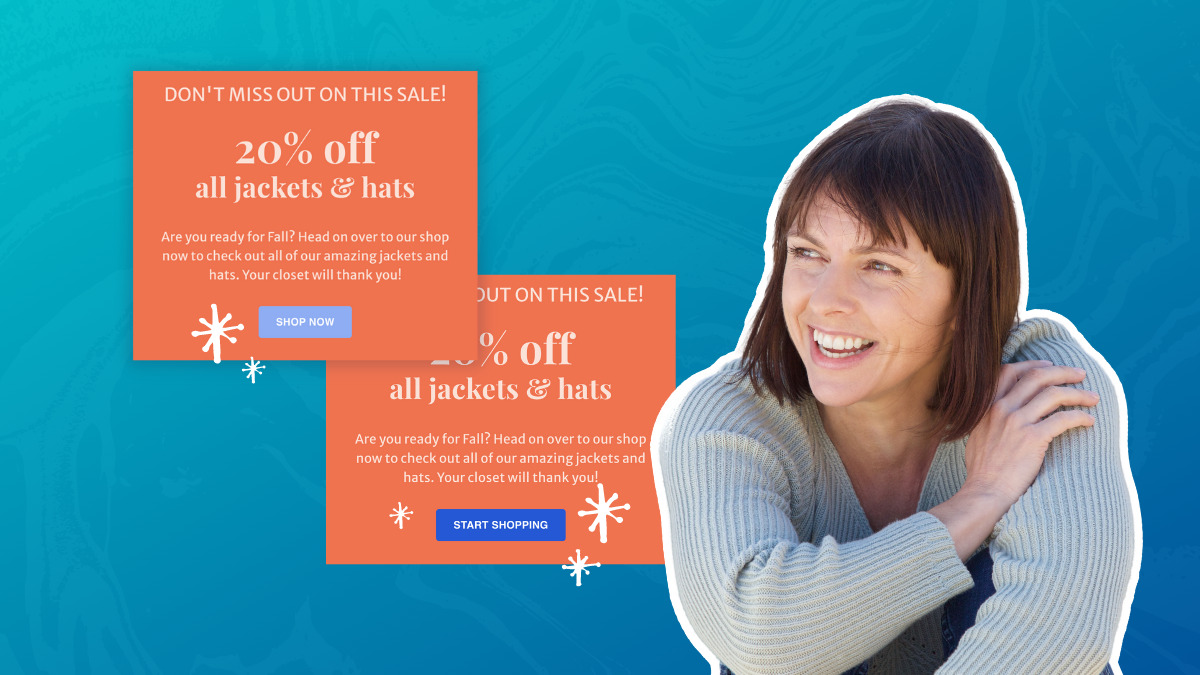
Stop guessing and start testing: Improve your emails with A/B split testing
Want to get better results from your email marketing? Then you need to A/B test your messages. Here’s everything you need to know!
Learn more with these videos:

How to Quickly and Easily A/B Test Your Emails

Email Subject Line Best Practices

How Do I Split Test My Sign Up Forms?
Stay in the loop
Get best practices and advice to help you grow your business in our weekly newsletter.

 87% off ends soon!
87% off ends soon!